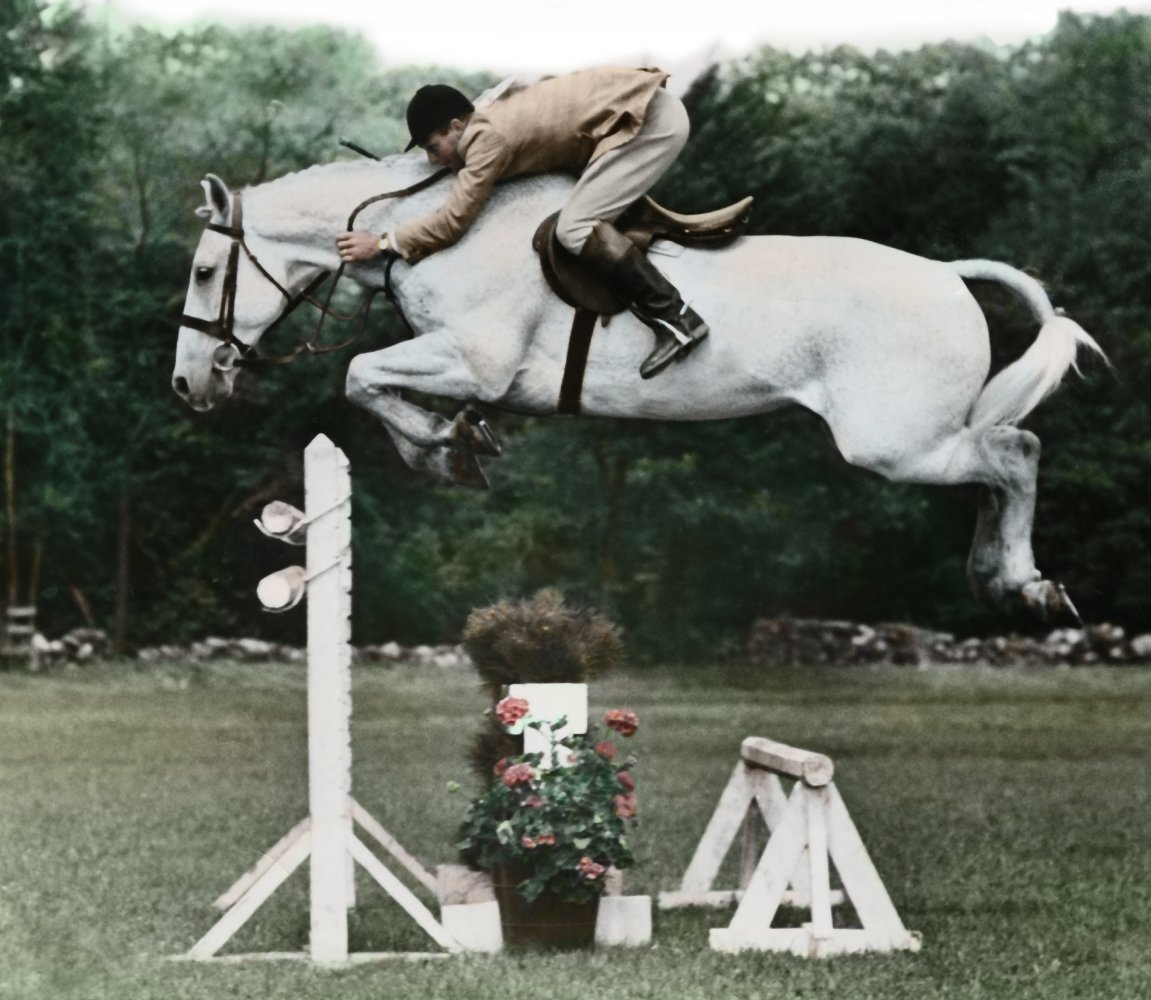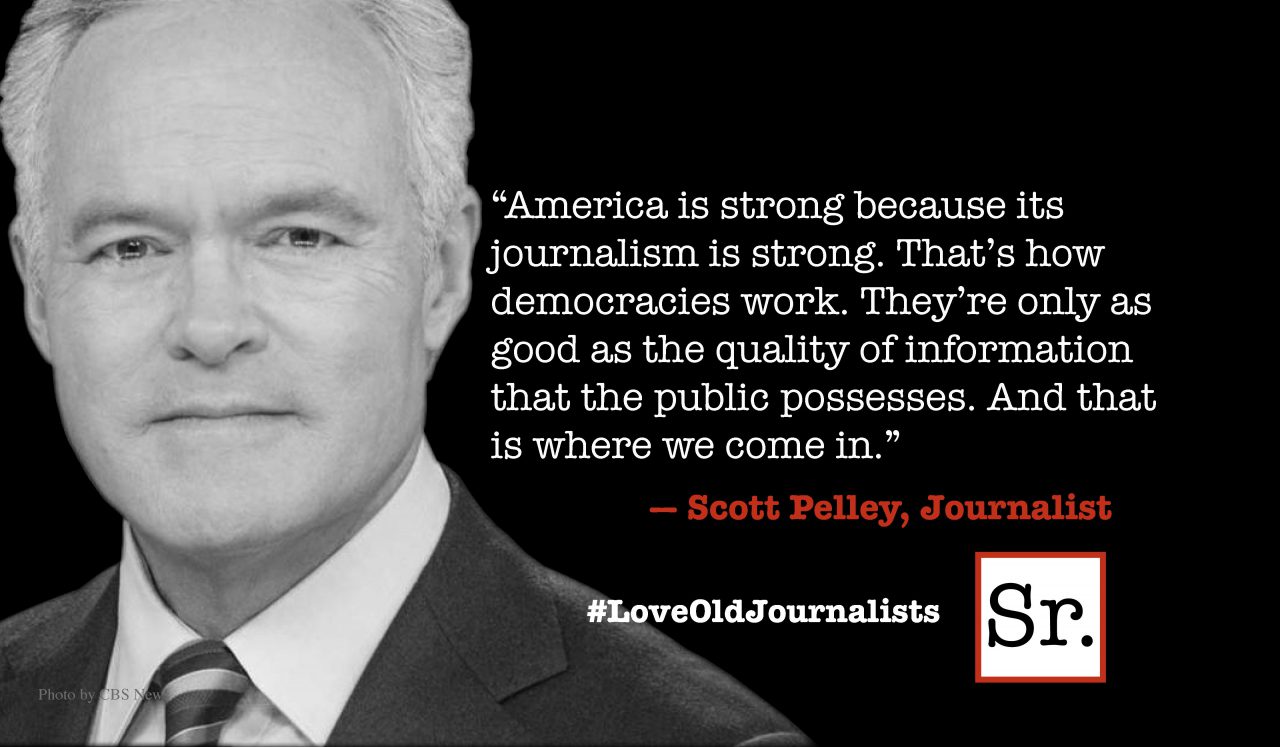For those who regard horses as beautiful, dumb brutes, “Harry & Snowman” poses a conundrum.
Ron Davis’s documentary is a real-life man/horse love story featuring an animal whose personality threatened to outshine those of the humans around him.
At age 85, trainer and rider Harry de Leyer looks back on his life and declares that, “Snowman was more than a horse. He was my best friend.”
Snowman, for those with little interest in the equestrian sports, was a plow horse on his way to the glue factory when he was rescued by de Leyer.
The Dutch immigrant (he had been active in the anti-German resistance in his native Netherlands, hid Jews in his cellar and saw friends executed) had come to a livestock auction in 1956 hoping to pick up a few cheap mounts for his students at a posh Long Island boarding school for girls.
The horse he would name Snowman was already in a trailer destined for the rendering plant, having found no buyers.
As Harry recalls, he looked at the horse. The horse looked at him. It was love at first sight.
He bought the newly christened Snowman for $80, and over the next few years rode this Cinderella steed to the world championship of jumpers.
(Snowman’s story bears an uncanny resemblance to that of Dream Alliance, the Welsh racing champion featured in last summer’s doc “The Dark Horse.” The two films would make a hell of a double feature.)
Early on, de Leyer made the mistake of selling Snowman to a neighbor. The animal kept escaping, leaping fences to return to de Leyer’s stable. An attempt to anchor him in place by connecting a rope around his neck to a huge tire failed. . . Snowman showed up on de Leyer’s doorstep dragging, not only the tire, but an impressive section of fencing.
From that point on, Snowman became a member of the family. De Leyer’s eight kids grew up crawling over the pleasantly phlegmatic (except when he was competing) gelding. Family outings found the de Leyers taking Snowman to the beach or a lake, where he allowed all eight kids to climb on his back and then happily ferried them through the waves.
And in the ring de Leyer and Snowman put to shame the hoity toity horsey set, showing that an $80 nag could beat the best jumpers money and selective breeding could produce. Not bad for a horse who, de Leyer claims, taught himself to jump.
Snowman had several great years of competition and became a celebrity. He enjoyed a long and pleasant retirement and was euthanized in 1974.
“Harry and Snowman” is a terrifically emotional experience. Anyone who has loved an animal will identify.
If Davis’s film has a downside, it’s that it offers tantalizing glimpses into what may be Harry de Leyer’s dark side, yet never really explores them.
De Leyer was a strict taskmaster whose overbearing methods apparently drove his oldest son to abandon the family. And his marriage broke up when Mrs. de Leyer declared it was the horses or her.
In interviews with his children and other members of the equestrian world, we get lots of praise for de Leyer…and some oblique references to his ego, demanding personality and possibly unhealthy competitiveness. Not enough, though, to knock the film off its feel-good trajectory.
Even after Snowman was retired de Leyer continued to ride competitively, earning the nickname the Galloping Grandfather.
Today he’s a fat old man with a Dutch accent and a cowboy hat. He’s still teaching riding and jumping with the tough-love approach that has taken him to the pinnacle of the horse world.









